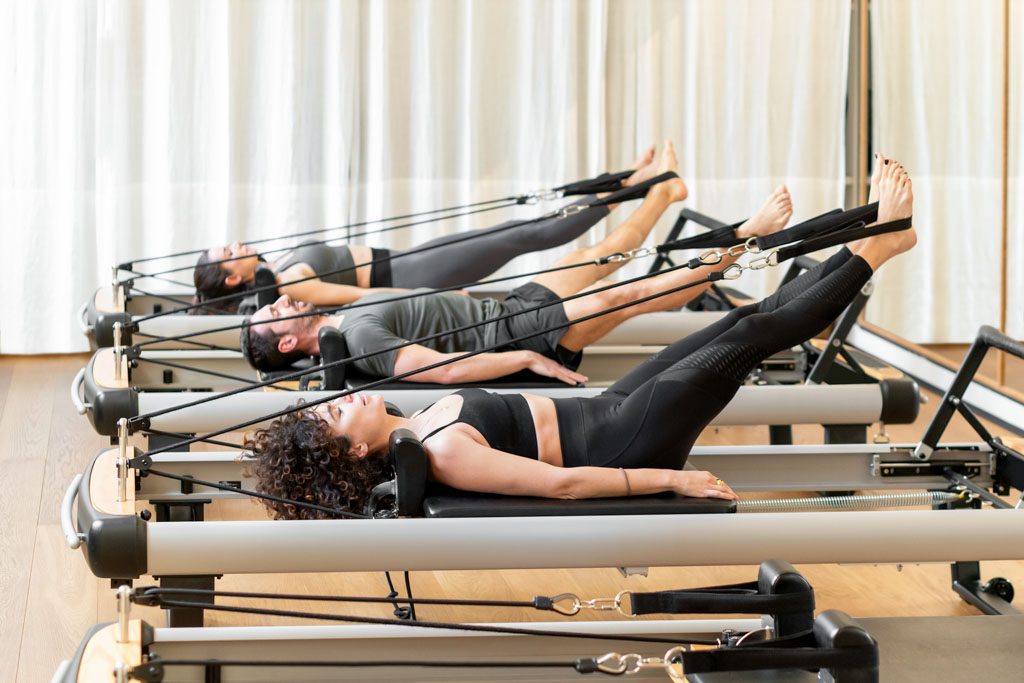You love CrossFit. Or spin class. Or HIIT. Or jiu-jitsu. Or Pilates. I get it.
You want to share that love with everyone.
But if you put the best wine into a broken bottle, you can’t serve it—you’ll just have a mess.
In this series, I’ve been walking you through the setup of a good gym business. We know what works because we’ve mentored over 2,000 gyms worldwide. We’ve done it one on one, and we’ve collected more data than anyone else.
In the previous post in this series, I told you how to build a business model that will allow you to serve up your passion over and over, change the lives of thousands of people and earn a great income.
In fact, some of our gym owners have applied these models so well that they’re now millionaires. That thrills me because, when I started as a fitness entrepreneur, no successful gym owners could be found.
Now that you’ve defined your mission and chosen a model, it’s time to choose a method. This is the easy part. It’s probably the reason you opened a gym in the first place: to bring your passion for a certain style of fitness to the world and to share “the answer,” as you understand it, with everyone.
The key is to fit your method into your working model. Your method is what you deliver; the model is how you deliver it.
This is where a lot of gym owners have gone off track—especially in CrossFit. A good method is flexible enough to fit into a working business model.
For example, at Catalyst, many of our clients do CrossFit.
- Some do it in a group setting.
- Some do it 1:1.
- Some do it in a semi-private setting.
- Some do it in their online homework.
The method is effective because it produces results for the client. The model is effective because it keeps clients around long enough to accomplish the mission and supports the owner and coaches.
Where CrossFit affiliates go awry: mistakenly believing that “CrossFit is group training” and then trying to make their model fit with this error.
Remember, good gyms are client-centric. That means the client gets results but also has some choices.
- If they have a lower budget, they can do group classes.
- If they have little time, they can schedule appointments.
- If they have unique needs, they can train in semi-private sessions.
- If they want to work out with their coworkers or hockey team, they can do it in a small group.
How flexible is your method? The methods that last a long time are usually flexible enough to fit into different models. For example:
- Jiu-jitsu can be taught 1:1.
- Pilates can be done in a semi-private session.
- Nutrition can be coached in a group.
In fact, just adding this sort of flexibility to their models makes Two-Brain gyms thousands of dollars more every month. They understand the difference between the method and the model and are willing to change to accomplish the mission.
But there’s one more element: the media. I’ll tell you about that in the next post in this series.

